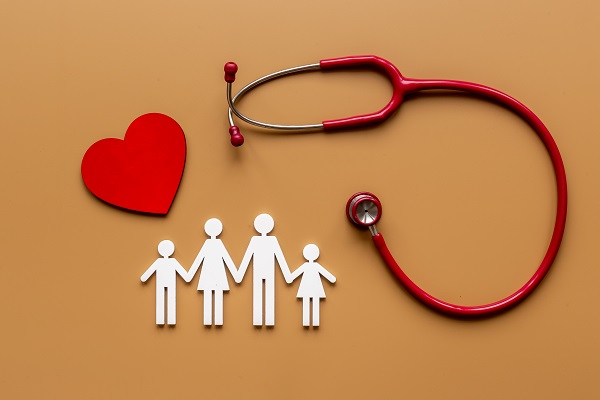Lower abdominal pain in women can stem from various reasons, spanning menstrual cramps to serious medical issues. Accurate diagnosis is essential for deciding the right course of action. Let’s explore the common causes of this pain. While delving into the causes and solutions of lower abdominal pain in females, it’s essential to consider the importance of health insurance for family well-being.
Anatomy Of The Lower Abdomen
The lower abdomen holds crucial organs like the pancreas, liver, gallbladder, spleen, stomach, colon, and small intestine. In females, the pelvis contains the uterus, fallopian tubes, and ovaries. Identifying the source of lower abdominal or pelvic pain is challenging due to the proximity of these organs.
Common Causes Of Lower Abdominal Pain In Women
- Appendix Inflammation:
Inflammation of the appendix often begins near the belly button and may gradually shift to the lower right abdomen. Symptoms include worsening pain, fever, nausea, and loose stools. Surgical removal is often necessary if appendicitis is suspected.
- Menstrual Cramps:
Menstrual pain, or dysmenorrhoea, manifests as a low, central, crampy ache, sometimes radiating to the sides. Remedies such as hot water bottles, over-the-counter pain relievers, and gentle exercise can help alleviate discomfort.
- Bladder Pain:
Bladder pain is typically centralized and may involve burning or cramping during or after urination, indicating a possible infection. Persistent symptoms may require antibiotics. More severe conditions, such as bladder stones, can cause sharp pain and difficulty urinating.
- Ovarian Cysts:
While ovarian cysts typically don’t cause pain, discomfort may arise if they burst, twist, or grow large. Symptoms include bloating, pain during intercourse, or frequent urination. Most cysts are noncancerous, but medical evaluation is necessary.
- Endometriosis:
Endometriosis involves the presence of the uterine lining outside the womb, causing pain during menstruation. The discomfort, usually one-sided and widespread, can be managed with hormone therapy, surgery, and painkillers.
- Urinary Tract Infections (UTIs):
Lower abdominal pain can result from a UTI, where harmful bacteria enter the urinary system. Mild infections may resolve with increased fluid intake, but severe cases can affect the kidneys, causing persistent pain on both sides.
- Gastroenteritis:
Conditions like food poisoning and viral infections of the intestines can lead to widespread abdominal pain, often accompanied by vomiting and diarrhoea. Most cases worsen in a few days, but prolonged symptoms require medical attention.
When To Seek Medical Attention:
While some abdominal pain can be managed at home, specific symptoms warrant immediate medical attention:
- Severe lower abdominal pain
- Pain worsening over time
- Elevated temperature with discomfort
- Blood in feces
- Pregnancy-related concerns
- Inability to move due to pain
- Frequent vomiting, especially with blood
It is essential to consult a doctor if experiencing severe or persistent symptoms. While delving into the causes and solutions for lower abdominal pain in females, it’s crucial to acknowledge the significance of health insurance for women, providing financial support for necessary medical assessments and treatments. Claims are subject to terms and conditions set forth under the health insurance policy. *
Additionally, having health insurance plans can help alleviate the financial burden associated with medical care. If you have any inquiries, contact health insurance plan specialists to explore the ideal coverage options at reasonable premiums. Claims are subject to terms and conditions set forth under the health insurance policy. *
* Standard T&C Apply
Insurance is the subject matter of solicitation. For more details on benefits, exclusions, limitations, terms, and conditions, please read the sales brochure/policy wording carefully before concluding a sale.
